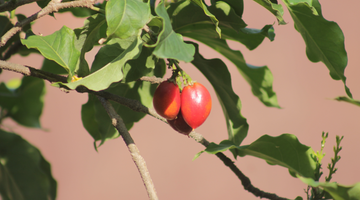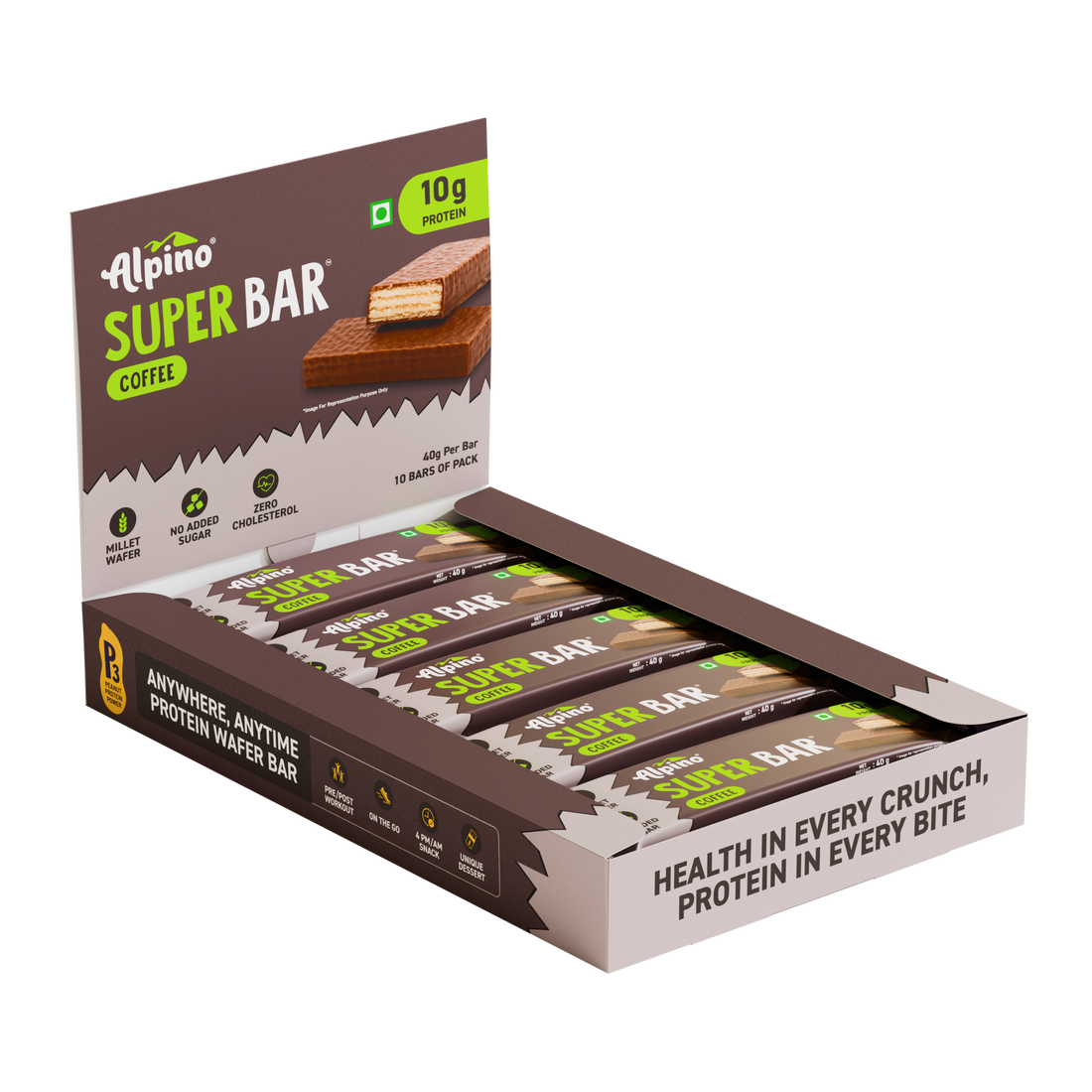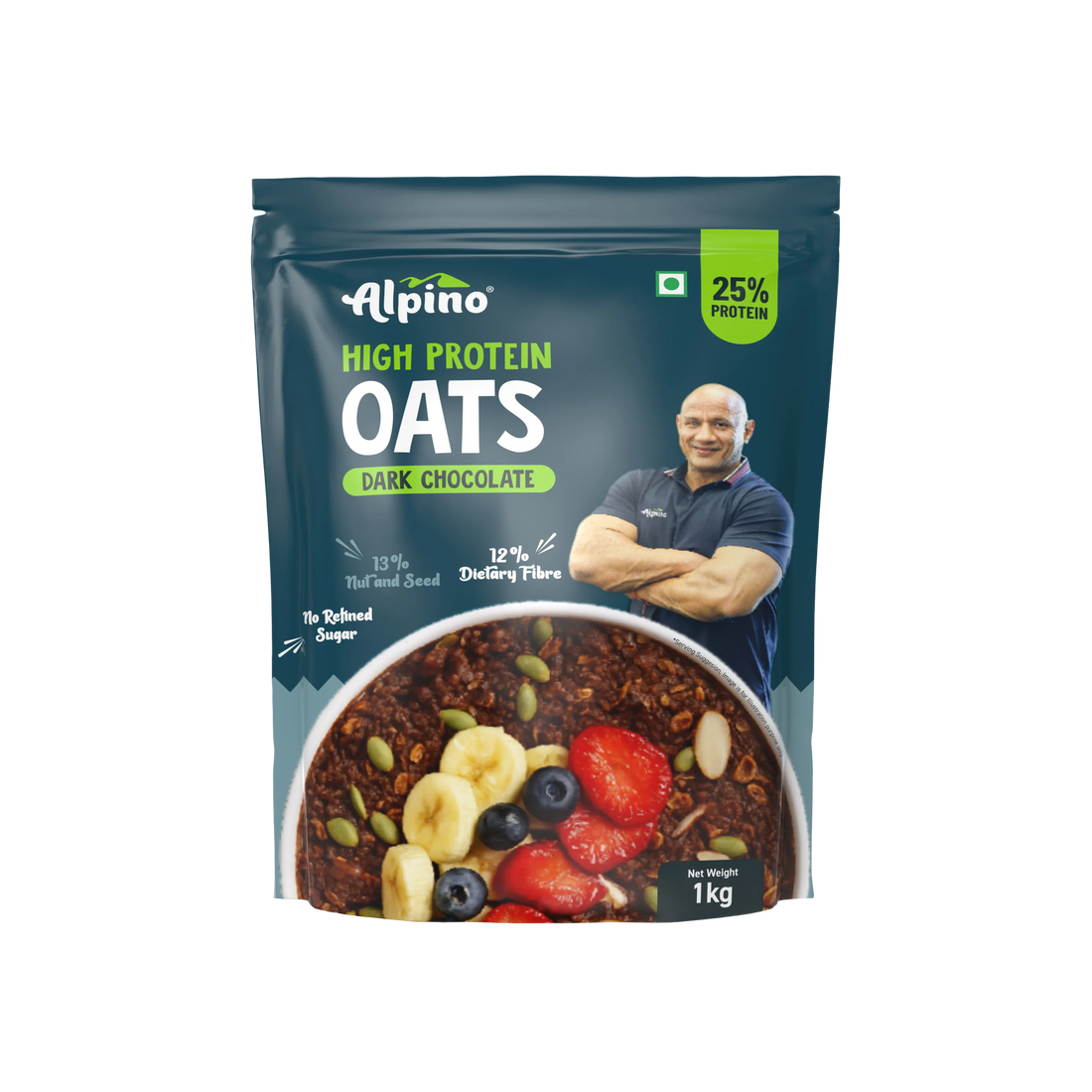Several fruits are promoted with pseudo names that taste quite different. Pineberries are not so relevant to the pineapple-berry hybrids, and the blackberry-jam fruit tastes similar to honey.
Also, the black persimmon of Central America has savor more like sweet mush than chocolate pudding fruit. But, surprisingly, South America's peanut butter fruit is an exceptional plant that adheres to its name and taste.
What is a Peanut Butter Fruit?
Peanut butter fruit is a small orange-turning red juicy fruit. It contains a thin skin, thick pulp, and a seed in the middle. A peanut butter fruit is 1 inch in size, similar to a cherry tomato or a grape.
In terms of texture, it is smooth, dense, sticky, and creamy. Fruits usually are green when they are unripe. After that, they turn light orange. Once they are ripe, they are fully dark red.
This fruit stems from an evergreen tree that can cultivate to 26 feet. The peanut butter fruit tree is a constant flowering plant grown in South America and Central America.
Kingdom: Plantae
Order: Malpighiales
Family: Malpighiaceae
Binomial name: Bunchosia glandulifera
Genus: Bunchosia
Species: B. glandulifera
Where do you find Peanut Butter Fruit?
The peanut Butter tree is a tropical tree that requires warm, sunny weather to grow and cannot bear a freezing climate. Even though the tree is local to Central and South America, fruit fanatics grow it in the United States, California, Florida, Hawaii, and Australia.

What are the Peanut butter fruit benefits?
- Peanut butter fruit holds numerous benefits, like it reduces pancreatic and prostate cancer.
- The fruit's dietary fiber decreases the blood cholesterol level and mitigates the risk of heart disease.
- Fiber is significant for accurate bowel function. It lessens diverticulosis and constipation. Folic acid aids the body in formulating red blood cells.
- Pregnant women should take sufficient folate from foods and 400 mcg of synthetic folic acid from fortified foods. This aspect alleviates the risk of spina bifida, neural tube defects, and anencephaly during fetal development.
Does peanut butter fruit taste like peanut butter?
Can you imagine peanut butter in a fruit way? What if you can simultaneously have the salty and nutty peanut butter flavor with your everyday fruit routine?
Although several people express the texture and taste of the fruit as a fig, date, and sweet potato, many who taste it will name it peanut butter.
The best thing about this fruit is that the texture resembles peanut butter, which is sticky, thick, vicious, and smooth every time. In addition, the taste is creamy and smooth peanut butter right from a jar.
Moreover, the inner pulp of the peanut butter fruit is very thick and sticky similar to that of soft persimmon and encompasses a huge central seed.
How do you identify when a peanut butter fruit is ripe?
Peanut butter trees have flowers in summer and spring. These dazzling flowers are yellow and small, bloom in May, and function into clusters of green fruits.

Fruits convert into light orange and dark red when they become entirely ripe. The tree flower two times every year. The flowers are fertile independently. It takes two to three years until the tree-producing fruit is strewn from the seed.
How do you preserve Peanut Butter Fruit?
- If your peanut butter fruits are still green, store them at room temperature (at the table or the counter) until they are full-grown. When these are entirely ripe, you can keep them in a bowl, wrap the bowl with plastic wrap, and store it in the refrigerator. Thus, the peanut butter will stay there for three to five days.
- You can also freeze up your ripe peanut butter fruits properly. Ensure to clean them and split them into halves. Eliminate the pit and keep them in a freezer bag. Therefore, the peanut butter fruits will stay in good condition for six months in the freezer.
- The last alternative is to create peanut butter fruit preserves. This option is the best way to save peanut butter fruits and prevent them from decaying. A homemade fruit preserve can work for three months after the jar or bottle is opened. Unopened preserves can work for longer.
In Summation
Peanut butter is a small, juicy red fruit with thin skin and thick pulp. Its texture is dense, sticky, creamy, and smooth. Such kind of fruit is mainly found in the regions of Central and South America.
The advantages of peanut butter fruit range from reducing pancreatic and prostate cancer to blood cholesterol levels and constipation.
Besides that, you can preserve your peanut butter fruit at room temperature till they are full-grown. Once they are ripe, put them in a bowl, wrap them with plastic wrap, and keep them in a refrigerator for three to five days.
Also, you can store it in a freezer bag for six months by cutting the peanut butter fruit into halves. However, the last resort is to make peanut butter fruit preserves which saves them from rotting.
Frequently Asked Questions (FAQs)
Q.1 What can I do with peanut butter fruit?
A.1 The pulp and skin of the Peanut Butter fruit are edible and generally eaten fresh, admired for the fruit's exceptional peanut sweet flavor and aroma. Combine the pulp with milk and intake it as a milkshake or eat it with cakes and pastries.
Q.2 Can I consume the seeds of a peanut butter plant?
A.2 No. The seeds are not safe to eat. Only the soft pulp around the seeds is good to eat.
Q.3 Is peanut butter fruit fine for people with diabetes?
A.3 As per research, peanuts can aid in controlling blood sugar in healthy people and those with type 2 diabetes. Peanut butter and peanuts are meant to reduce blood sugar when blended with high-GL or high-carbohydrate foods.
Q.4 Is peanut butter fruit right for health?
A.4 Yes. It has great nutritional value as it is protein-rich, low in fat and calories, and a source of fiber, a simple sugar, and vitamins.



















